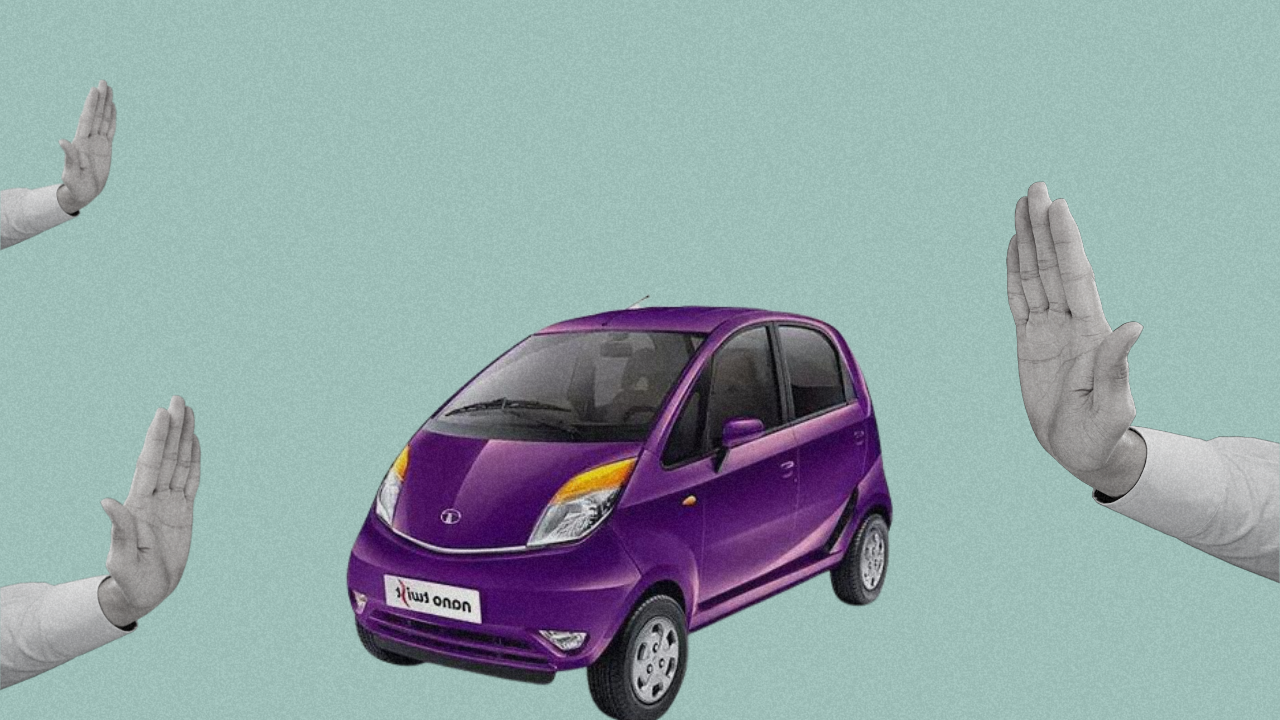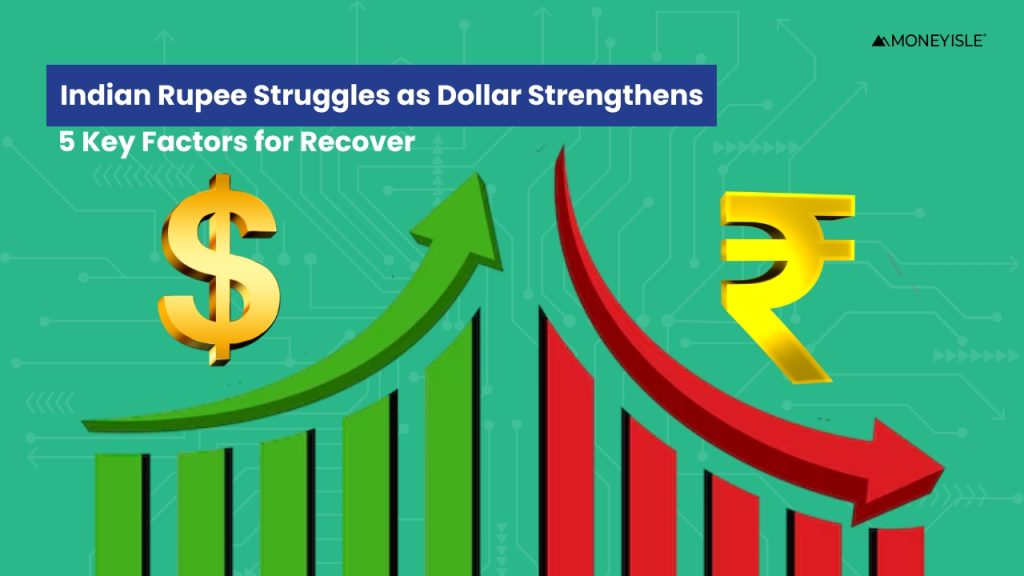Back in 2008 when Tata introduced its first-ever ‘extremely economical and affordable’ car that almost every household in India could try to get their hands on, everybody was stoked.
After all, why not, right?
A car a ₹1 lac! That’s such a great price, especially for anybody who has been struggling to buy a car but can’t because of the recent economic downfall they just came out of, back at the time in 2008.
Tata Nano was supposed to be the jewel of every middle-class family… except it wasn’t, and failed miserably.
But why?
In its race of making the most affordable car, Tata kind of went cheap, and literally made the Tata Nano the cheapest car in India – not part-wise, but interpretation-wise.
When Nano came into existence, it couldn’t fetch the tag of a regular car that every normal household in India owns.
Rather, it garnered a negative reputation among people, which basically meant that “it is a car for poor people”.
Even though the goal wasn’t that, the trajectory somehow ended at that point only.
And once it gained the “cheap” identity, customers distanced themselves from it. Most people didn’t buy it despite the fact they could afford it just because of the “cheap” tag closely associated with it.
Most importantly, the price of ₹1 lac was just for the base model. To get a higher model, you had to spend more than just ₹1 lac.
These factors combined were the important reasons why most people stayed away from buying a Tata Nano.











